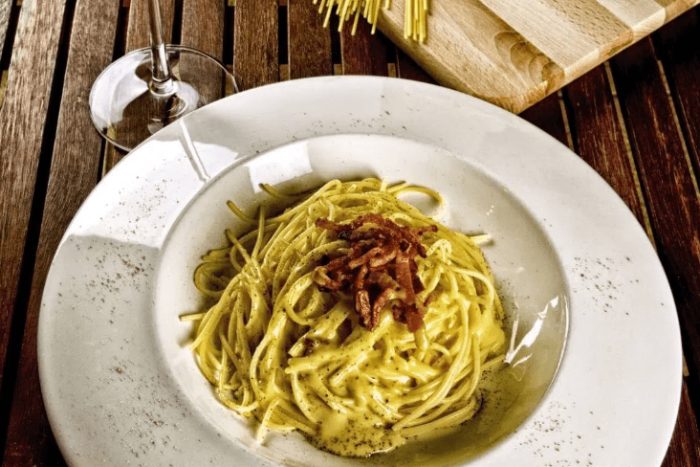Table of Contents
Craving authentic Italy food? Savor iconic Italian pizza, creamy pasta carbonara, and rich tiramisu. Indulge in silky gelato, creamy risotto, and hearty lasagna – the ultimate guide to Italys must-try flavors!
Introduction: The Allure of Italy Food
When one thinks of Italy, a tapestry of images often unfolds in the mind: ancient ruins, sun-drenched vineyards, rolling hills, and, of course, a mouthwatering array of culinary treasures. Italy food is more than just sustenance; it is a cultural phenomenon, a reflection of the countrys rich history, diverse regions, and the passion of its people. From the bustling streets of Rome to the serene canals of Venice, every corner of Italy offers a unique gastronomic experience. In this comprehensive guide, we will embark on a virtual culinary tour, exploring some of the most iconic and beloved dishes that make Italy food a global sensation.
Italian Pizza: A Slice of Heaven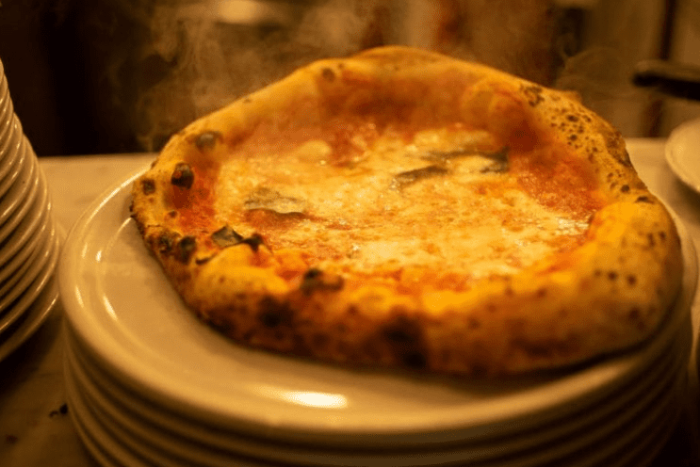
The Birthplace of Pizza
No discussion of Italy food would be complete without delving the world of Italian pizza. While pizza has become a ubiquitous fast-food item around the globe, its origins can be traced back to Naples, Italy. In the late 18th century, pizza was a simple, affordable dish enjoyed by the working class. It was a flatbread topped with basic ingredients like tomatoes, mozzarella cheese, olive oil, and basil. Over time, pizza evolved, and different regions in Italy began to develop their own unique styles.
Neapolitan Pizza: The Gold Standard
Neapolitan pizza is widely regarded as the pinnacle of pizza perfection. It is characterized by a thin, crispy crust that is slightly charred on the edges, a simple yet flavorful tomato sauce made from San Marzano tomatoes, fresh mozzarella di bufala (buffalo mozzarella), and a drizzle of extra-virgin olive oil. The key to a great Neapolitan pizza lies in the high-temperature wood-fired oven, which gives the crust its signature texture and flavor. In 2017, Neapolitan pizza was even recognized by UNESCO as an Intangible Cultural Heritage of Humanity, a testament to its cultural significance.
Regional Variations
While Neapolitan pizza is the most famous, Italy is home to a wide variety of regional pizza styles. In Rome, for example, youll find pizza al taglio, which is sold by the slice and comes in a rectangular shape. It often features a thicker crust and a wider range of toppings, including vegetables, meats, and cheeses. In Sicily, pizza alla pala is a popular choice. This pizza is baked on a wooden paddle (pala) and has a soft, chewy crust. It is typically topped with simple ingredients like tomato sauce, anchovies, and capers.
The Pizza Experience in Italy
When in Italy, experiencing pizza in its natural habitat is a must. Head to a local pizzeria, preferably one that has been around for generations, and watch as the pizzaiolo (pizza maker) skillfully tosses the dough and adds the toppings. Sit outside at a bustling sidewalk table, soak in the atmosphere, and savor each bite of your authentic Italian pizza. Pair it with a glass of local wine or a cold beer, and youll have a truly unforgettable culinary experience.
Pasta Carbonara: A Creamy Delight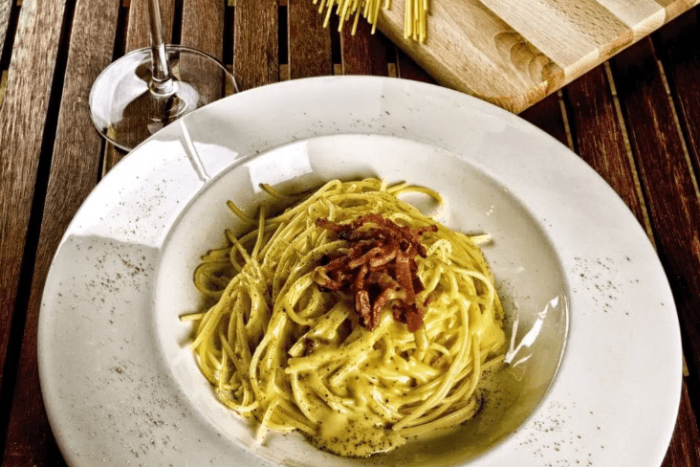
The Origins of Pasta Carbonara
Pasta carbonara is another classic dish that is synonymous with Italy food. Its origins are somewhat debated, but it is believed to have originated in Rome during World War II. One theory suggests that the dish was created by Italian charcoal workers (carbonari) who would cook pasta with bacon, eggs, and cheese over a charcoal fire. Another theory claims that it was invented by American soldiers stationed in Italy who added bacon and eggs to their pasta, similar to how they would prepare scrambled eggs at home.
The Perfect Carbonara Recipe
A traditional pasta carbonara consists of spaghetti or rigatoni tossed with a creamy sauce made from eggs, pecorino Romano cheese, guanciale (cured pork jowl), and black pepper. The key to a perfect carbonara is to cook the pasta al dente and then mix it with the egg and cheese mixture while the pasta is still hot. The heat from the pasta will cook the eggs slightly, creating a smooth, velvety sauce. The guanciale adds a rich, savory flavor, while the pecorino Romano cheese provides a sharp, nutty taste.
Common Misconceptions
One of the most common mistakes people make when preparing pasta carbonara is adding cream to the sauce. In a true Italian carbonara, cream is never used. The creaminess comes from the eggs and cheese, and adding cream will result in a heavy, overly rich dish. Another mistake is overcooking the eggs, which can cause them to scramble and ruin the texture of the sauce.
Where to Find the Best Pasta Carbonara in Italy
Rome is the ultimate destination for pasta carbonara lovers. Head to a local trattoria or osteria and order a plate of this classic dish. Some of the most famous places to try carbonara in Rome include Roscioli, a gourmet food shop and restaurant that is known for its high-quality ingredients and traditional recipes, and Felice a Testaccio, a historic osteria that has been serving authentic Roman cuisine since 1936.
Tiramisu: A Heavenly Dessert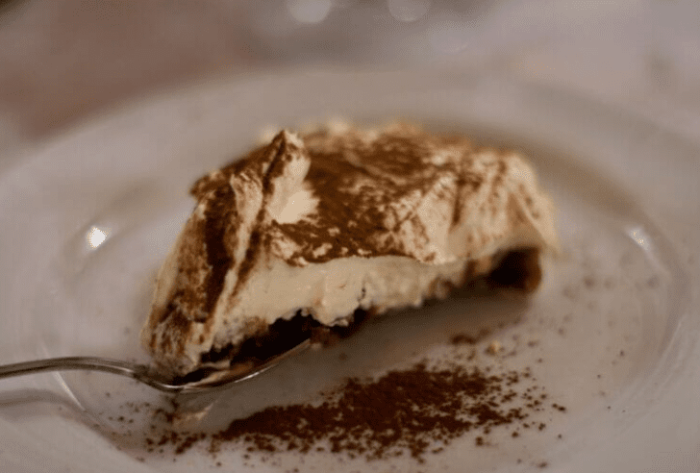
The Story Behind Tiramisu
Tiramisu, which means "pick me up" in Italian, is a beloved dessert that has captured the hearts (and taste buds) of people around the world. Its origins can be traced back to the Veneto region of Italy, specifically the city of Treviso. There are several legends surrounding the creation of tiramisu. One story claims that it was invented by a brothel owner in the 1960s who served it to her clients as a way to give them an energy boost. Another story suggests that it was created by a chef at a restaurant in Treviso to honor a visiting dignitary.
The Classic Tiramisu Recipe
A traditional tiramisu is made by layering ladyfingers (savoiardi) that have been dipped in espresso and Marsala wine with a creamy filling made from mascarpone cheese, eggs, and sugar. The layers are then dusted with cocoa powder. The key to a great tiramisu is to use high-quality ingredients, especially the mascarpone cheese and espresso. The ladyfingers should be soaked just enough to absorb the flavor of the espresso without becoming soggy.
Modern Variations
While the classic tiramisu recipe is hard to beat, many chefs and home cooks have put their own spin on this dessert. Some variations include adding different types of liquor, such as rum or brandy, to the espresso mixture, or using different types of cookies instead of ladyfingers. There are also vegan and gluten-free versions of tiramisu available, which use alternative ingredients like tofu or almond milk.
The Tiramisu Experience in Italy
In Italy, tiramisu is a common dessert found on the menus of restaurants and cafes across the country. However, for the most authentic experience, head to the Veneto region and try it in a local pasticceria (pastry shop). You can also take a tiramisu-making class and learn how to prepare this delicious dessert from scratch. Its a fun and interactive way to immerse yourself in Italian culture and cuisine.
Gelato: Italys Frozen Delight
The Difference Between Gelato and Ice Cream
Gelato is often mistaken for ice cream, but there are some key differences between the two. Gelato is made with a higher proportion of milk to cream, which gives it a lower fat content than ice cream. It is also churned at a slower speed, which results in a denser, creamier texture. Gelato is typically served at a slightly warmer temperature than ice cream, which allows the flavors to be more pronounced.
The Art of Gelato Making
Making gelato is an art form in Italy. Gelato makers, known as gelatai, carefully the finest ingredients and use traditional techniques to create their unique flavors. The base of gelato is usually made from milk, sugar, and a flavoring agent, such as fresh fruit, chocolate, or nuts. The mixture is then churned and frozen in a special gelato machine. Some gelatai even make their gelato fresh daily, ensuring that customers get the highest quality product.
Popular Gelato Flavors
Italy offers a wide variety of gelato flavors, from classic favorites like vanilla, chocolate, and strawberry to more exotic options like pistachio, hazelnut, and lemon. Each region in Italy has its own signature flavors. For example, in Sicily, youll find gelato made with local fruits like blood oranges and almonds. In Tuscany, you might come across gelato flavored with olive oil or wine.
Where to Find the Best Gelato in Italy
Italy is home to countless gelaterias, but some stand out above the rest. In Florence, Vivoli is a historic gelateria that has been making gelato since 1930. Their gelato is made using traditional recipes and high-quality ingredients, and they offer a wide range of flavors to choose from. In Rome, Giolitti is a must-visit gelateria. It has been serving gelato since 1900 and is known for its classic flavors and elegant atmosphere.
Risotto: A Creamy Rice Dish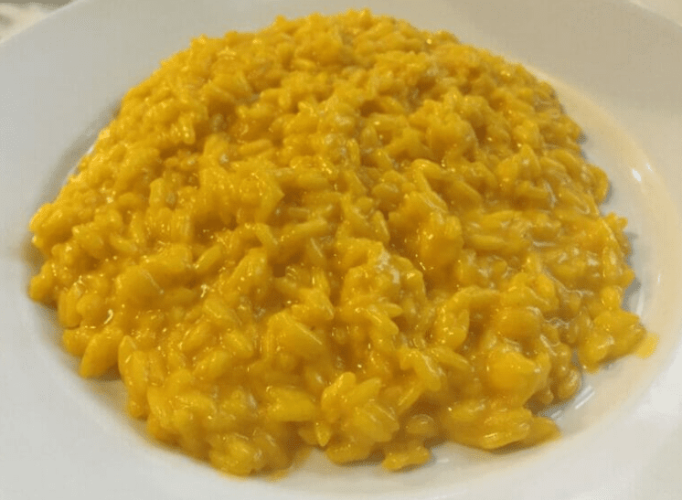
The Origins of Risotto
Risotto is a classic Italian rice dish that originated in the northern regions of Italy, particularly Lombardy and Piedmont. The dish was likely created as a way to use up leftover rice and other ingredients. Over time, it evolved a sophisticated and flavorful dish that is now enjoyed throughout the country and around the world.
The Key to Making Perfect Risotto
Making risotto requires patience and attention to detail. The key is to use the right type of rice, such as Arborio, Carnaroli, or Vialone Nano. These varieties of rice have a high starch content, which gives risotto its creamy texture. The rice is cooked in a broth, usually made from vegetables, meat, or fish, and is stirred constantly to release the starch and create a smooth, velvety consistency. Other ingredients, such as onions, garlic, butter, and Parmesan cheese, are added to enhance the flavor.
Regional Risotto Variations
Each region in Italy has its own unique risotto recipe. In Milan, risotto alla Milanese is a popular choice. It is made with saffron, which gives the rice a beautiful golden color and a delicate, floral flavor. In Venice, risotto al nero di seppia is a specialty. This dish is made with squid ink, which turns the rice a deep black color and gives it a rich, briny flavor. In Piedmont, risotto al tartufo is a must-try. It is made with white truffles, which are a highly prized ingredient in Italian cuisine.
The Risotto Experience in Italy
To truly appreciate the art of risotto making, head to a local trattoria in northern Italy and order a plate of this creamy delight. Watch as the chef skillfully stirs the rice and adds the broth, creating a dish that is both comforting and elegant. Pair your risotto with a glass of local wine, and youll have a truly memorable dining experience.
Lasagna: A Layered Masterpiece
The History of Lasagna
Lasagna is one of the oldest and most beloved pasta dishes in Italy food culture. Its origins can be traced back to ancient Greece, where a similar dish called laganon was made with layers of dough and meat. The Romans later adopted the dish and called it lasanum, which means "cooking pot" in Latin. Over time, the recipe evolved, and different regions in Italy began to develop their own unique versions of lasagna.
The Classic Lasagna Recipe
A traditional Italian lasagna consists of layers of pasta sheets, ragù (a meat-based sauce), béchamel sauce, and Parmesan cheese. The ragù is typically made with ground beef, pork, or a combination of the two, along with onions, garlic, tomatoes, and herbs. The béchamel sauce is made from butter, flour, and milk, and it adds a creamy, rich texture to the dish. The pasta sheets are boiled until al dente and then layered with the ragù, béchamel sauce, and cheese. The lasagna is then baked in the oven until golden brown and bubbly.
Regional Variations
While the classic lasagna recipe is widely known, there are many regional variations of this dish. In Bologna, lasagna alla Bolognese is a popular choice. It is made with a thick, meaty ragù and a thin layer of béchamel sauce. In Naples, lasagna di carnevale is a specialty that is typically made during Carnival season. It is filled with ricotta cheese, meatballs, and sausage, and it has a more festive and indulgent flavor.
Where to Find the Best Lasagna in Italy
Bologna is the ultimate destination for lasagna lovers. Head to a local osteria or trattoria and order a plate of lasagna alla Bolognese. Some of the most famous places to try lasagna in Bologna include Osteria dellOrsa, a historic restaurant that has been serving traditional Bolognese cuisine since 1946, and Trattoria Anna Maria, a family-run restaurant that is known for its homemade pasta and delicious ragù.
The Enduring Appeal of Italy Food
Italy food is a treasure trove of flavors, textures, and traditions. From the simplicity of a Neapolitan pizza to the richness of a classic lasagna, each dish tells a story about the countrys history, culture, and people. Whether youre a seasoned foodie or a curious traveler, exploring the culinary delights of Italy is an experience that should not be missed. So, pack your bags, book your tickets, and get ready to embark on a gastronomic journey through the heart of Italy. Buon appetito!
